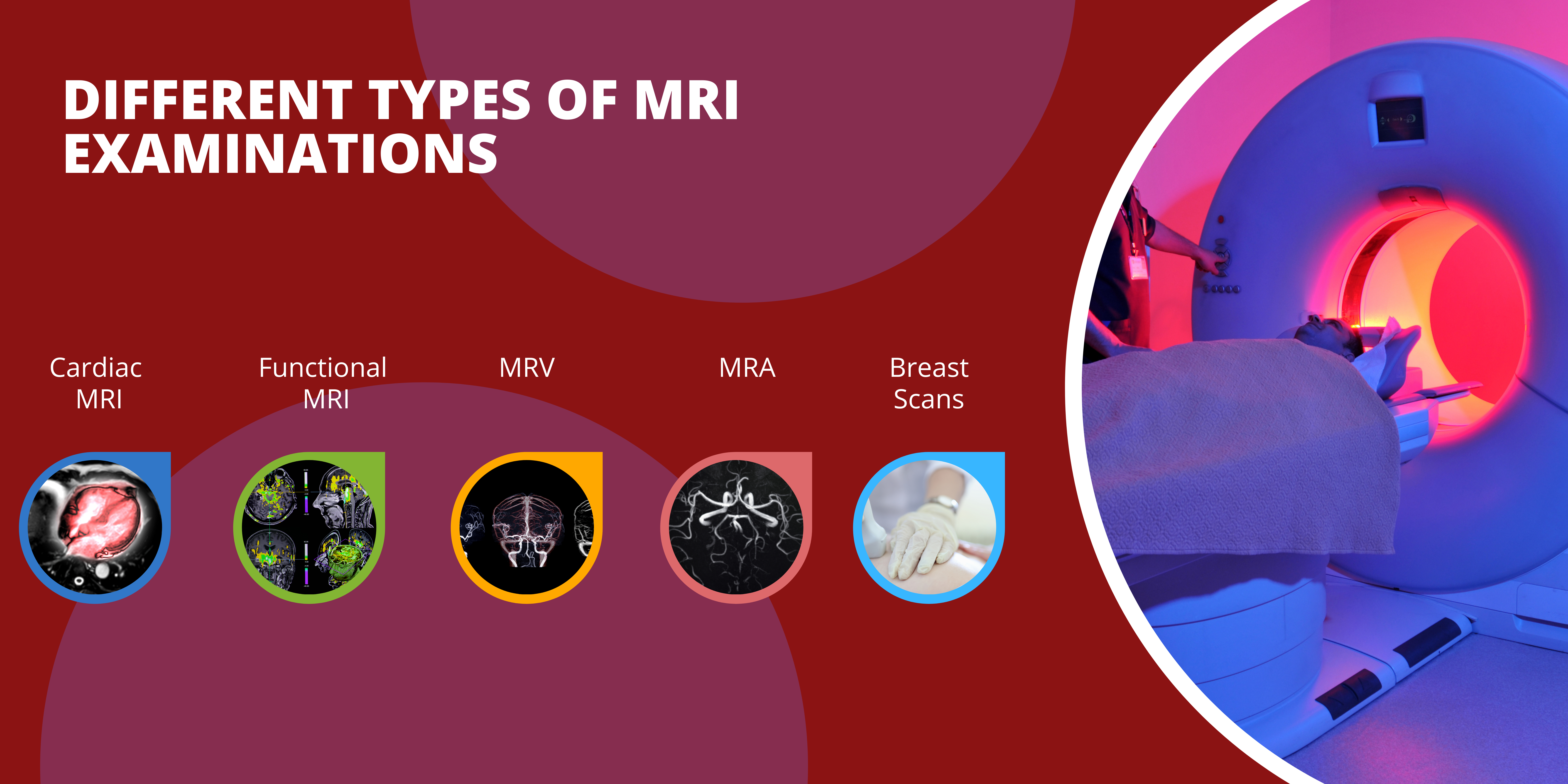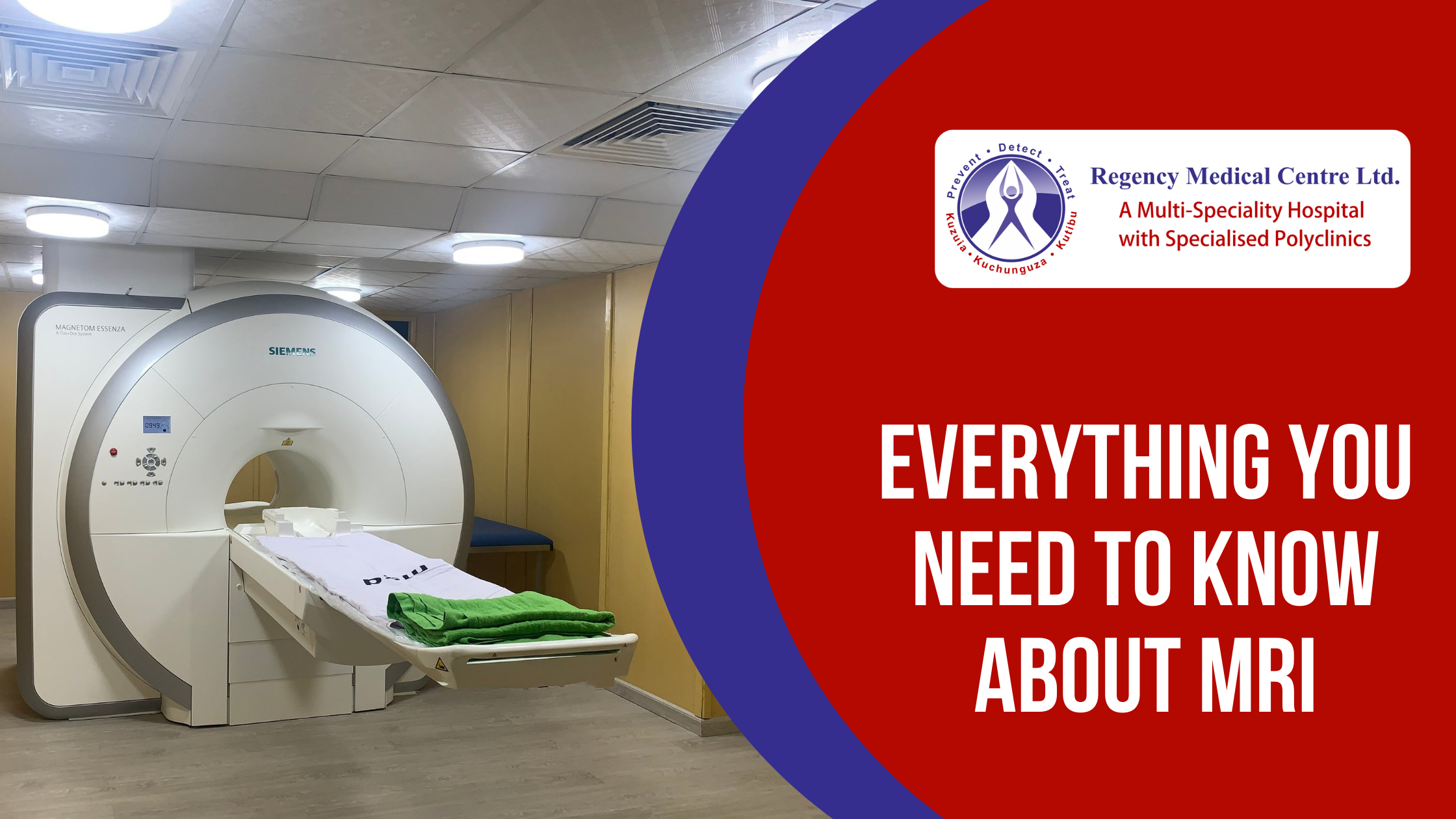Everything You Need to Know About MRI
387 viewsMRI, or Magnetic Resonance Imaging, as the name suggests is a technology used to capture detailed images of the body organs as well as tissues. This widely used technique of radiology creates a strong magnetic field to capture the images.
How Does It work?
For an MRI scan, a large cylindrical machine is used which creates a strong magnetic field around the patient. A radiofrequency is associated with the magnetic field which alters the natural alignment of the hydrogen atoms in the body. Physicians usually inject a substance called gadolinium into a vein to get a more clearer image of the cells. The images are captured in form of slices and can be combined on a computer. Using these images, the doctors and physicians can detect the issues.
Different Types of MRI Examinations
MRI, a widely used examination procedure is used to evaluate problems related to the brain, neck or spinal cord, and at times problems related to the heart, joints, blood vessels and chest. The various types of MRI used to detect these issues are as follows:
1. Cardiac MRI :
- As the name suggests, this type of MRI is used to capture images of the heart. Adding to that, the images of the veins surrounding the heart are also captured. Based on these entire reports, doctors determine the functions as well as the health of the heart.
2. Functional MRI:
- A functional MRI, or also known as fMRI/FMR, is used to capture the images of the brain. A doctor also recommends the same in the case of brain mapping. Brain mapping is important for brain surgery or for detecting epilepsy or tumours. These types of MRI are usually done to predict or diagnose a brain stroke.
3. MRV:
- Magnetic Resonance Venography(MRV) produces clear images of the internal organs of the body and other structures using contrast dye. These work well for patients that are experiencing renal problems. As the dye highlights the veins, they appear perfectly well and translucent in the images, making it easier for the physicians to evaluate the veins and soft tissues.
4. MRA:
- Magnetic Resonance Angiography (MRA) is quite similar to MRV. Here, instead of veins, the focus is more towards blood vessels. In some specific cases, patients are unable to tolerate contrast dye. So, non-contrast MRA is performed in such cases.
5. Breast Scans:
- These scans or breast MRIs are recommended to patients who are at high risk of breast cancer. These MRIs help in detecting breast cancer as well as provide information on the progress of cancer and the location of the tumour.
 Types of MRI Machines
Types of MRI Machines
Often people experience claustrophobia, fear or anxiety before undergoing MRI. Hence there have been certain medical advancements and types of MRI machines that provide different ambient experiences and reduce fear. Every MRI machine has different Tesla strengths ranging from 0.2T or 3.0T, in which 3.0T provides the clearest images. Also, it is proven that the smaller the bore of the MRI machine, it will be providing more clearer images. The classification of MRI images are as follows:
- Closed MRI: These type of MRI machines have narrow cylindrical bores with a magnetic strength of up to 3.0T and produces extremely clear images. These 60 cms diameter MRI machines have the highest magnetic strengths amongst others available in commercial MRI machines and help in easy diagnosis.
- Wide Bore MRI: These MRI machines are a midway alternative to open and closed MRI machines. With a bore diameter of 70 cm, these machines have a wider opening and more headspace as compared to closed MRI machines. They have a magnetic strength of 1.5T and produce comparatively lower quality images.
- Truly Open MRI: Open from all 4 sides with more ventilation and airflow, these MRI machines have quite a lower magnetic strength of 1.2T. Due to the lower magnetic field, the images captured are also of quite low quality.
- Open Upright MRI: These types of MRI machines with a completely open front, have the lowest magnetic strength of all the available MRI machines and are very rarely recommended. For this type of scan, the patient needs to sit upright during the entire examination just like a chair.
A list of FAQs related to MRIs
Here are a few commonly asked questions by patients before going for their MRI scan.
Q.1: How long does an MRI scan take?
Ans: An MRI scan can take anything in between 30 minutes to an hour depending upon the type of scan recommended by your doctor.
Q.2: Can someone join me during MRI?
Ans: Yes, but it is mandatory that the person is screened and cleared to enter the room. Adding to that, all the metal should be removed from the body.
Q.3: Is there any radiation involved in MRI?
Ans: No, there is no use of radiation in MRI, instead, a magnetic field is used for scanning. Hence there are no side effects related to MRI.
Q.4: Does an MRI scan hurt?
Ans: In an MRI scan, usually, the patient needs to stay still and motionless for a short period of time. Hence, it doesn’t hurt during a scan. But on some rare occasions, it causes a little bit of discomfort.
MRI scans are really common and often recommended for detailed body scans. At Regency Medical Centre, we have always believed in catering to all the required treatments under one roof. Hence, we are bringing over MRI machinery at our in-house facility to help the people of Dar es Salam, Tanzania has their MRI scans scheduled easily. Get in touch with the medical experts at Regency Medical Centre and schedule your appointment now.


